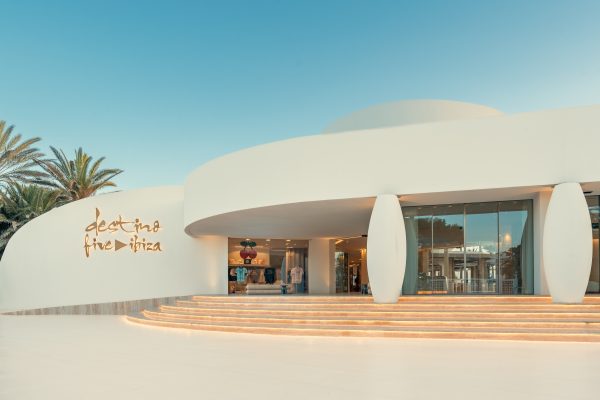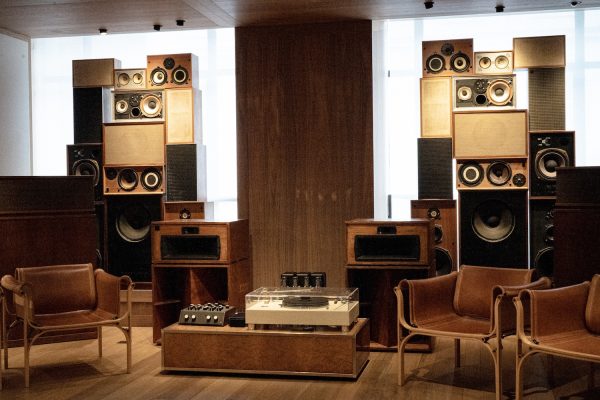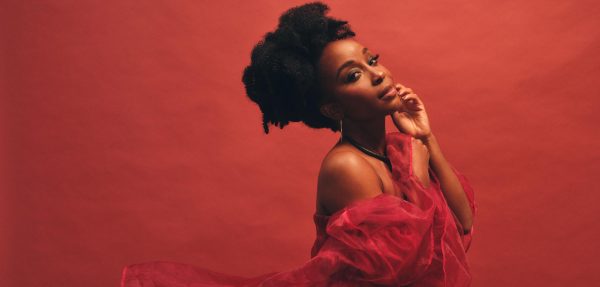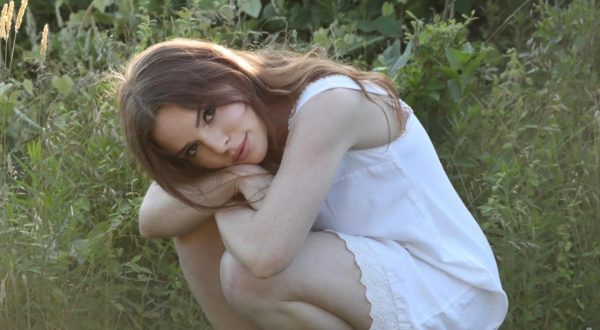Photography, for Alberto Garcìa-Alix, was not a natural path, but a necessary one. In an era of change in seventies’ Madrid, Garcìa-Alix sought to capture lives fraught with rebellion in their quest for self-discovery. The phrase Sex, Drugs and Rock & Roll is seamlessly encapsulated by his artistic vision, at times macabre, but invariably human and intimate.
Over the decades his work has remained true to its original intent – stark black and white film photography and engaging subjects – but Alberto Garcìa-Alix has most recently been accoladed for his publication Autorretrato/Self-Portrait. The series of portraits led to his nomination in this year’s Deutsche Börse Photography Prize at the Photographers’ Gallery, and was praised for its raw reflection of both intimacy and excess. Schön! caught up with Garcìa-Alix during his busy schedule to discuss vulnerability, passion and Rock & Roll.
Your initial intentions were to graduate with a law degree, what made you fall out of love with this career choice and progress into photography?
I began with law because I didn’t know what to be or what to do in life. My father was a doctor, and I had to study something. I was only at University for a year. At the end of the course, I decided to abandon studying. I also left my parents’ house. Photography presented itself as a magical element. It saw it as a beginning, a new way, without a second thought.
What was life like in Madrid in the seventies? How was this period of your life influential towards the rest of your career?
When the dictator died in 1975, I was 19. It was in that moment that I began on my own personal journey. We are all a product of a specific moment of history. My moment was nourished by the vitality of those years. Our lives were full of hope. A new era had begun. It was a given that it would influence me, on all levels. furthermore, I wasn’t conscious of photography as a career, it was only a hobby. The impulse of that vitality was reflected in my eyes.
What was it that attracted you to the Mod Rockers, Punk and the underground transgender scene?
It was only the world of rockers that I was drawn to. I felt like a rocker. My main interests were music, motorbikes… living large, rock & roll style! The Mods, transvestism and the Punk scene were also a big part of my surroundings.
What is it that draws you in to want to take a photograph?
A revelation. It’s the desire to possess that which I’m looking at, and I want to see with the camera.
How do you view the documentation of intimate or overtly sexual moments? Are you aiming to capture a subjects vulnerability?
Intimate moments? In truth, they’re not really that. Using a camera, and observing myself, oblige me to rid myself of all modesty, or at least to try to. We are all vulnerable and thus all of the world is photographable.
How do you meet the subjects you photograph?
The thread of destiny.
What is your most memorable Rock & Roll moment?
Many various moments come to mind. All involving drugs and excess.
I’ve read before that you discovered the power of gaze whilst at an August Sander exhibition. Is there a particular photographer and style of photography truly inspires you, and why?
Not specifically, no. Generally, all sincere, powerful works move me. There are many great photographers, those who interest me the most are those whose work shows that a a way of seeing is a way of being, and vice versa.
In 1979 you made the transition from stark black and white to experiment with colour photography, what bought about this change?
Nothing brought about this change. At the time, I worked a lot with diapositives. Above all for commercial jobs. The decision to work in black & white came much later (in the nineties). But it was always, and always has been, black & white where I found the most expressivity and my direction.
How does your work deal with the intimate, is there a message you wish to convey?
There is no message. If there was one, it would be only the impulse to look.
Since 2003 you have worked closely with video, what for you is the importance of the relationship between the visual and the narrative?
It is of the utmost importance. What I want to build is a visual narrative. I began with video in Paris in 2003, it was a narrative way of exorcising my demons. I made a trilogy, and after that the work « Place of no Return » for an exhibition in the Museum of Queen Sofia, in Madrid. It’s the one you can see at the Photographers’ Gallery.
Apart from the Deutsche Börse Prize at the Photographers’ Gallery, do you have any other upcoming exhibitions or projects in the pipeline?
In July, the exhibition Self-Portrait will be on show in Madrid at the festival of PhotoEspaña 2014. And in october, I will show new work at the Maison Européenne de la Photographie (MEP).
Alberto Garcìa-Alix’s work can be seen at The Photographers’ Gallery until the 22nd June.
Discover more of Garcìa-Alix’s photography here.
Words / India Van Spall
Click the links below for the latest issue of Schön! Magazine
Schön! in glossy print
Download Schön! the eBook
Schön! on the Apple Newsstand
Schön! on Google Play
Schön! on other Tablet & Mobile device
Read Schön! online
Subscribe to Schön! for a year
Collect Schön! limited editions


























































































